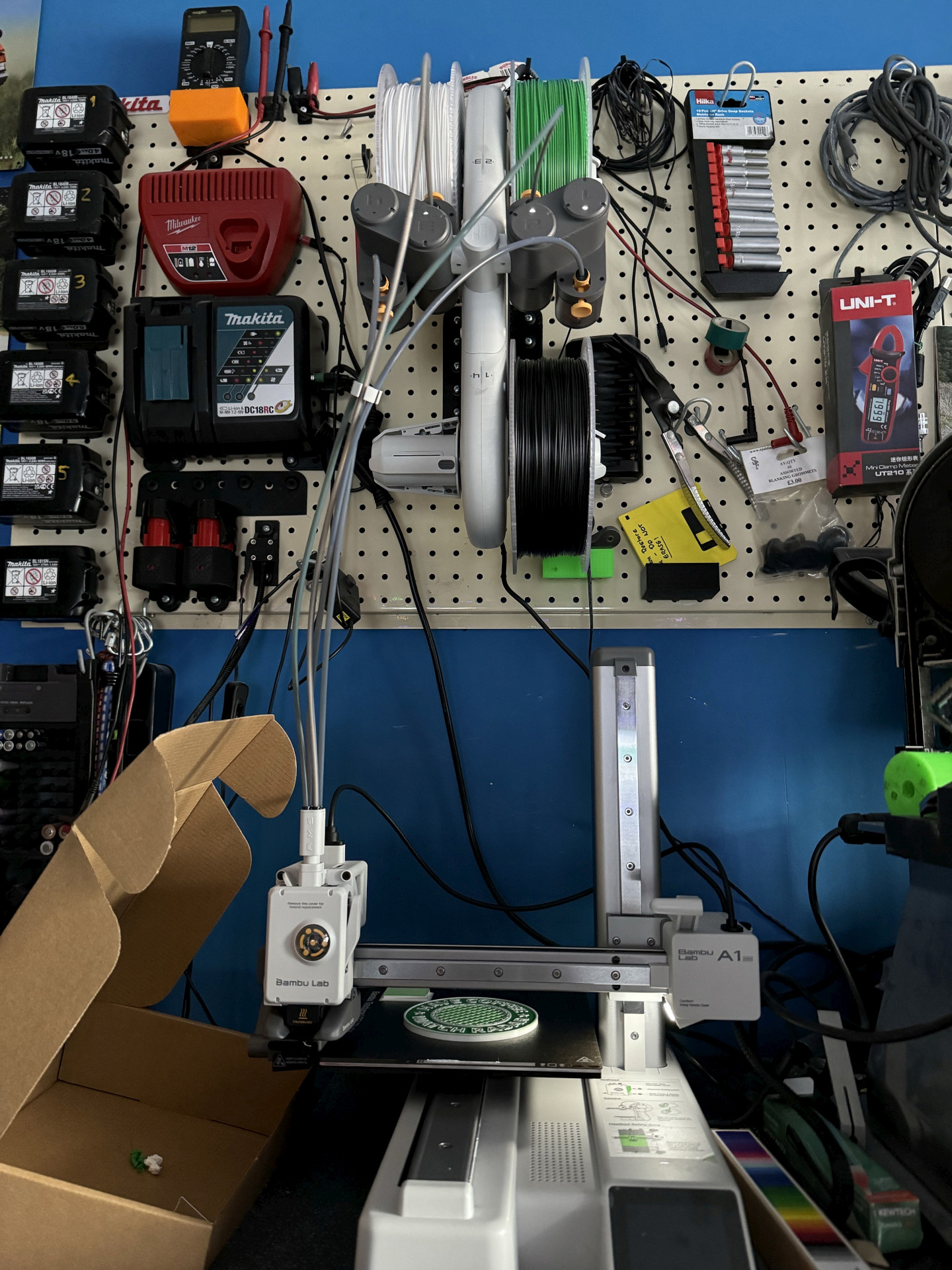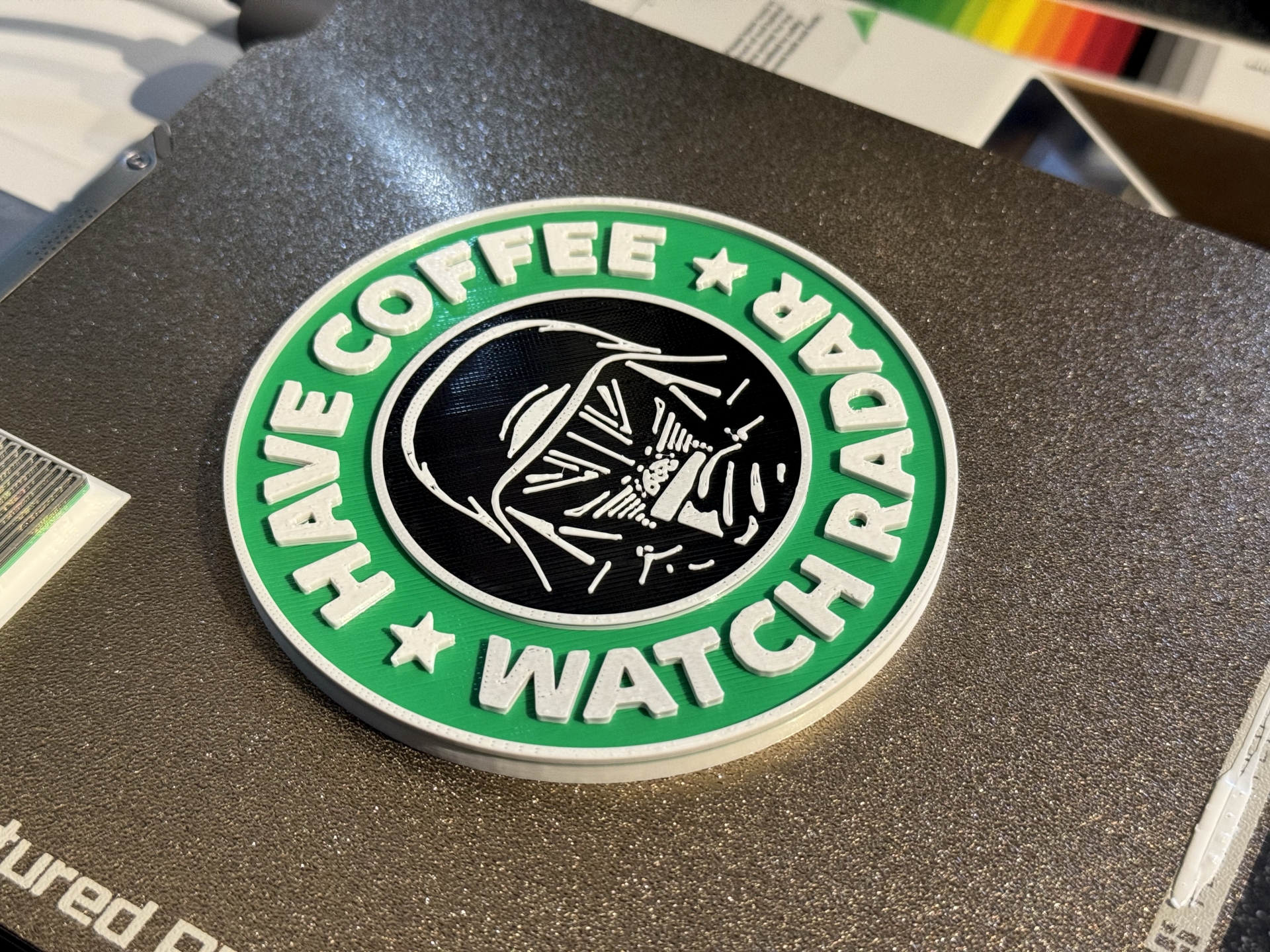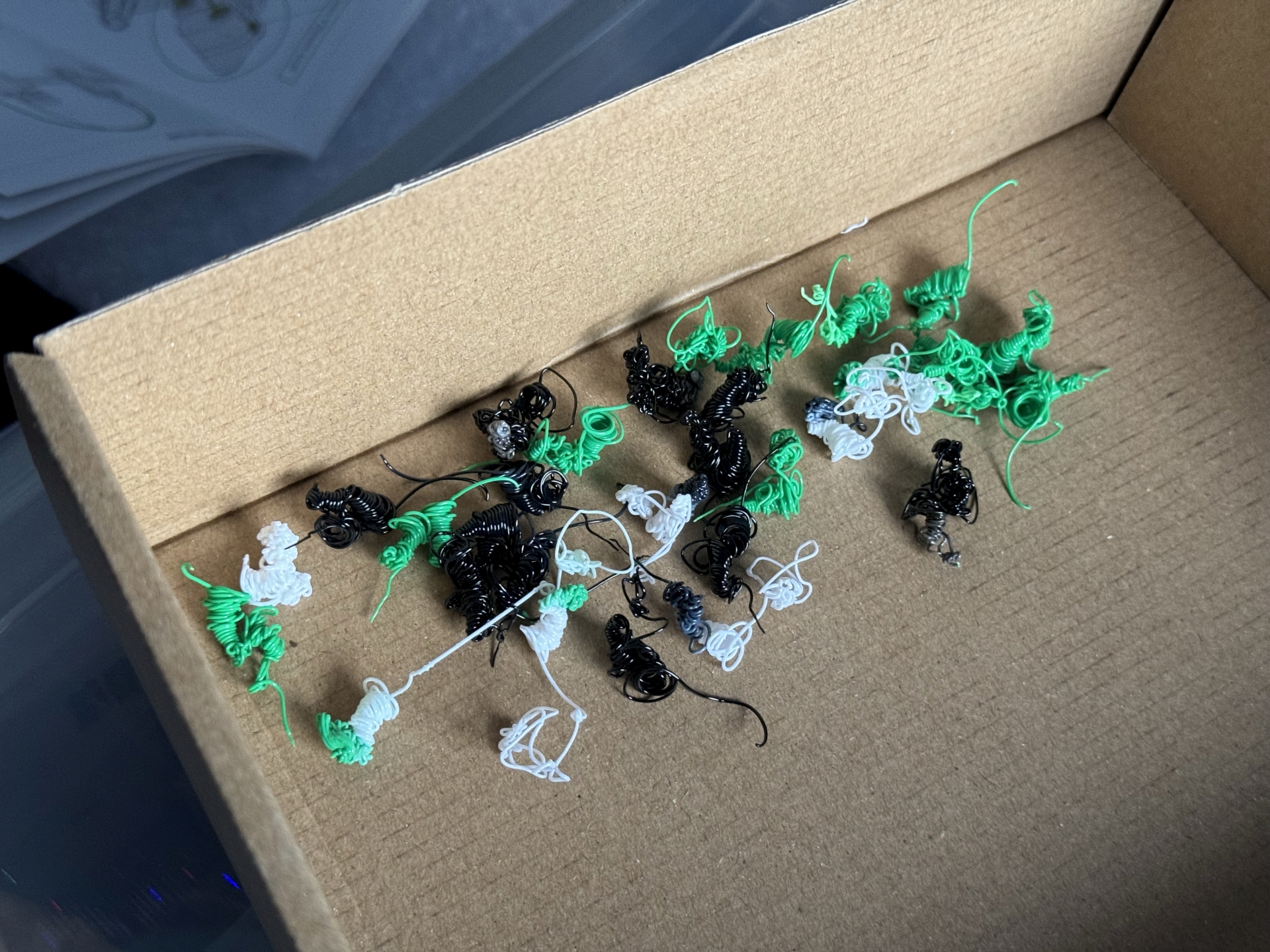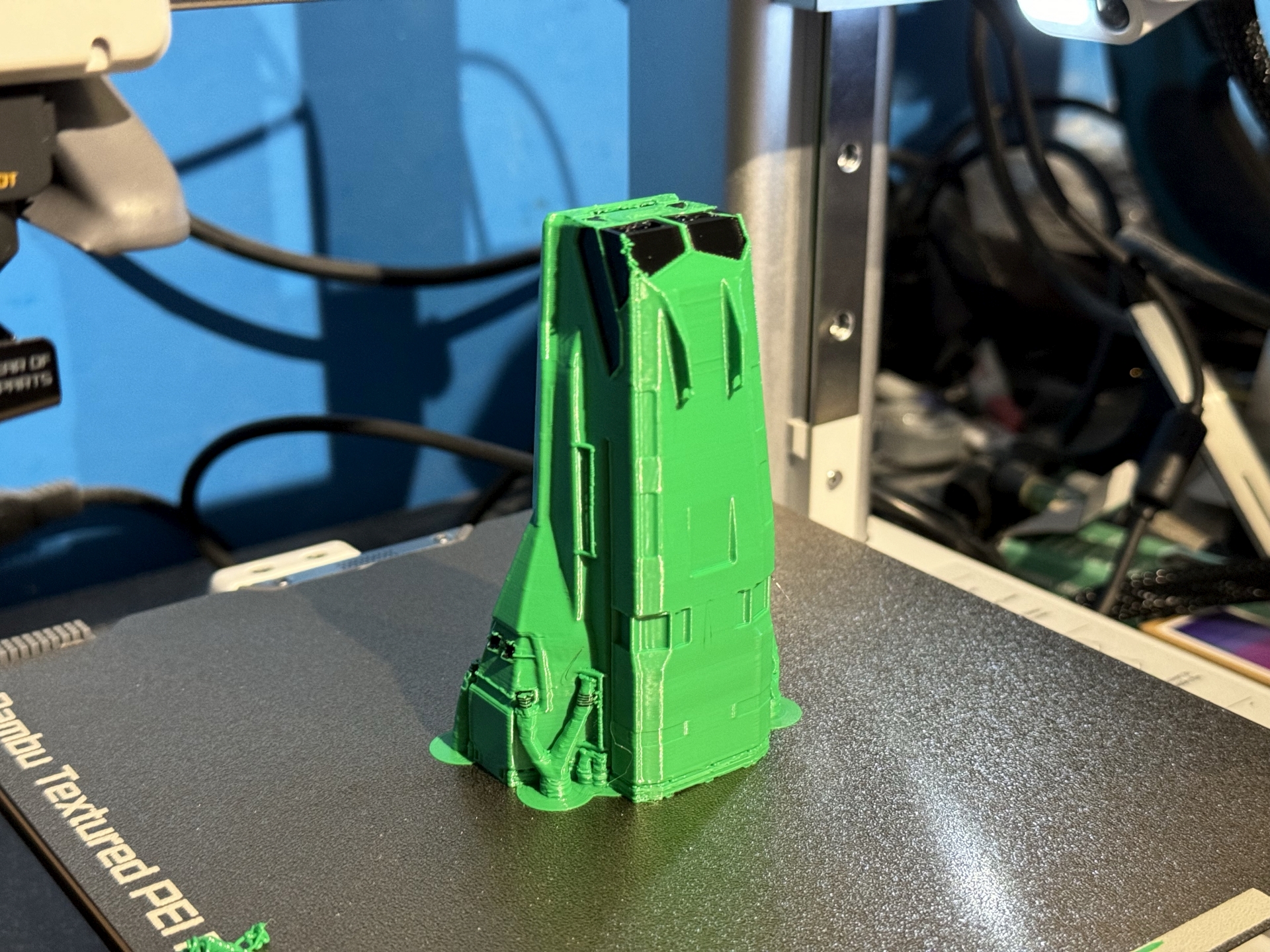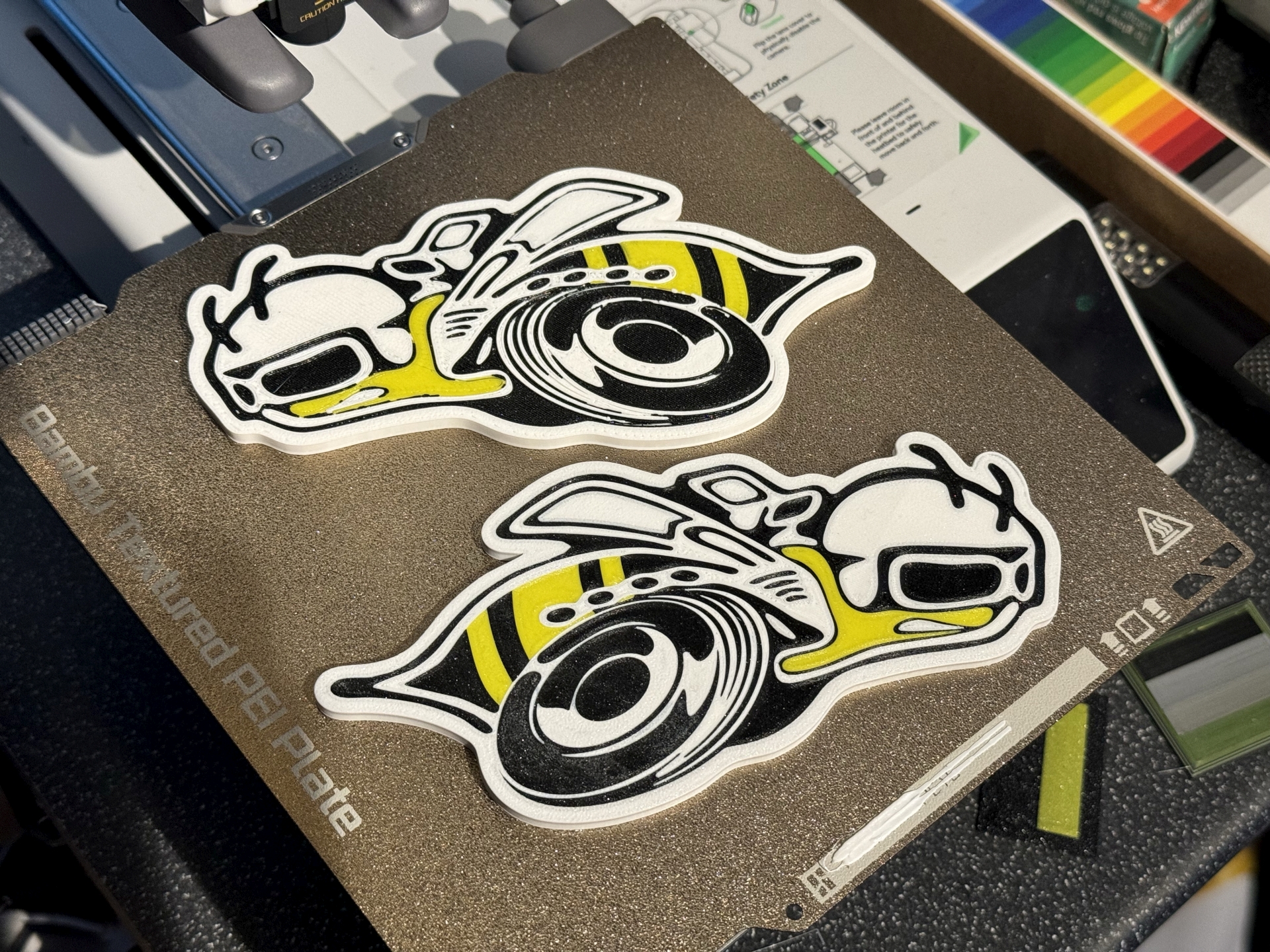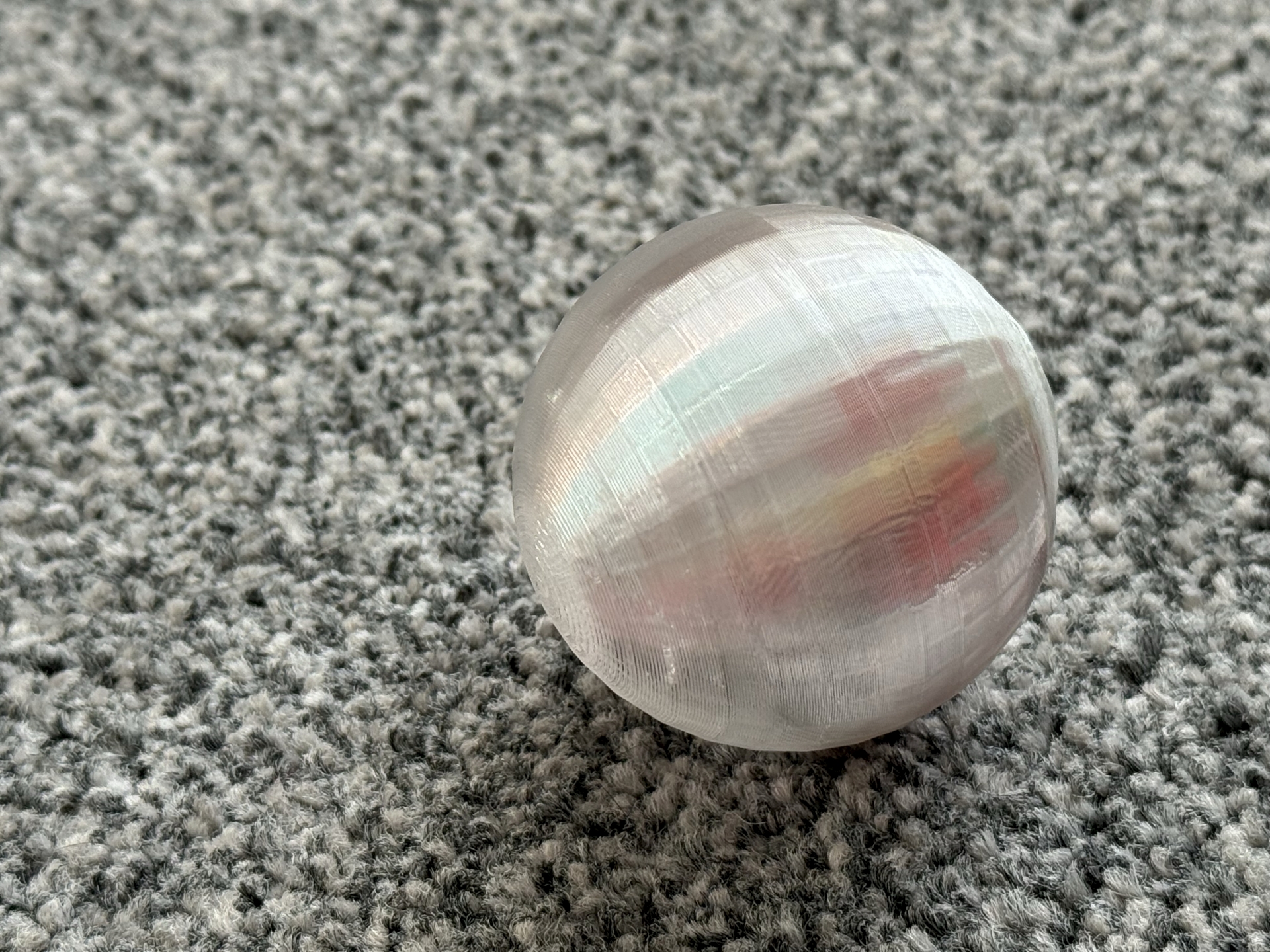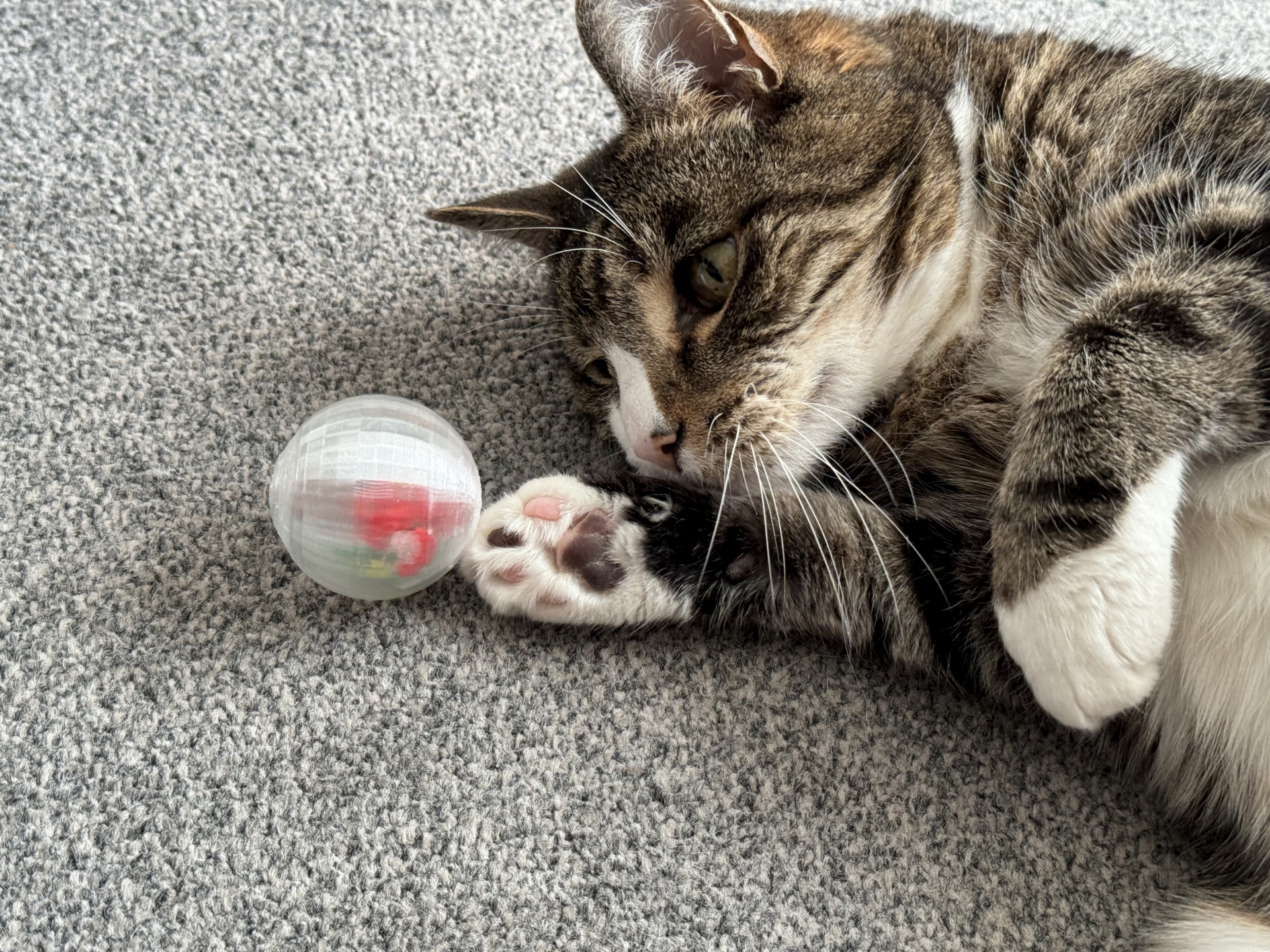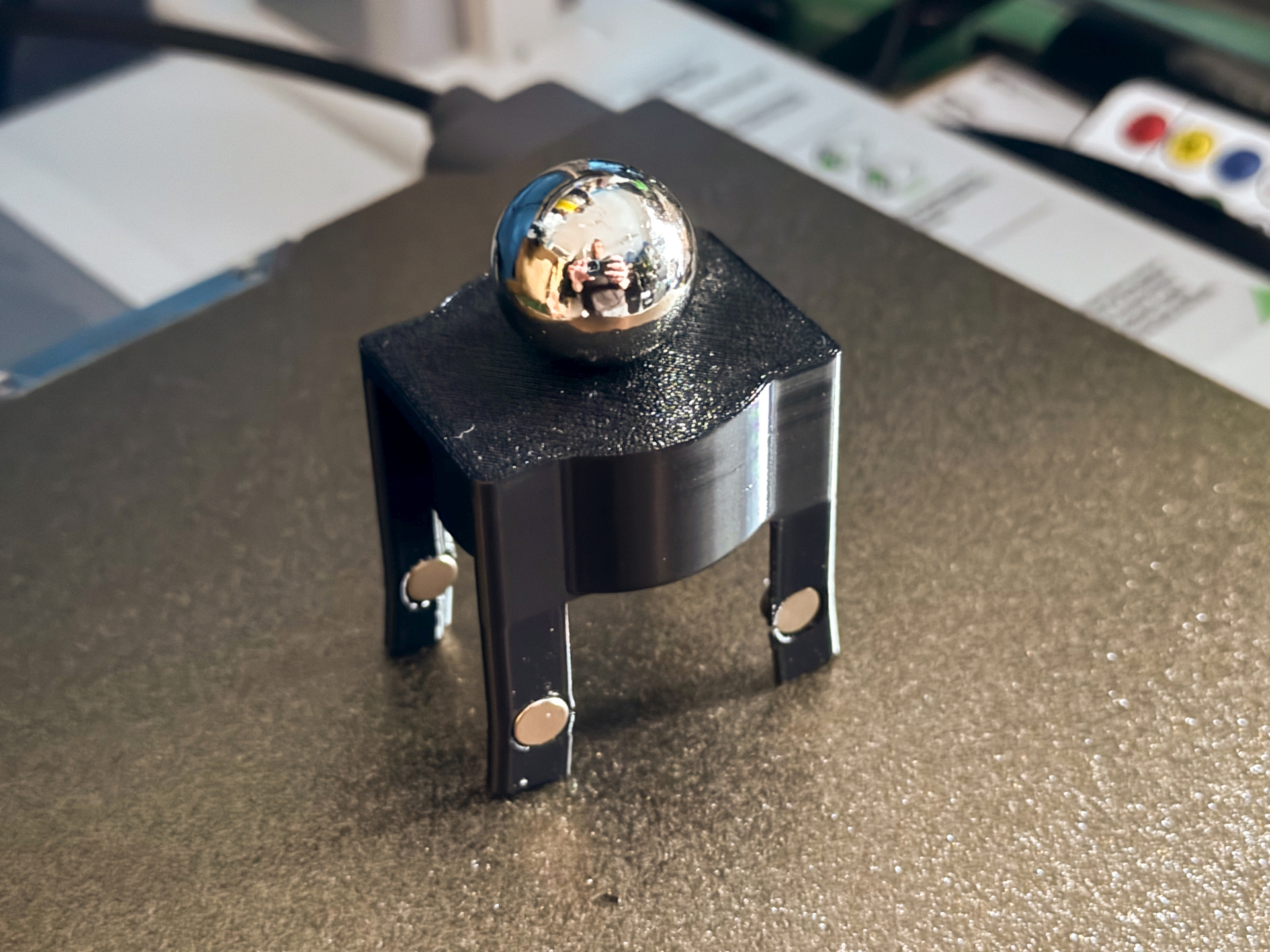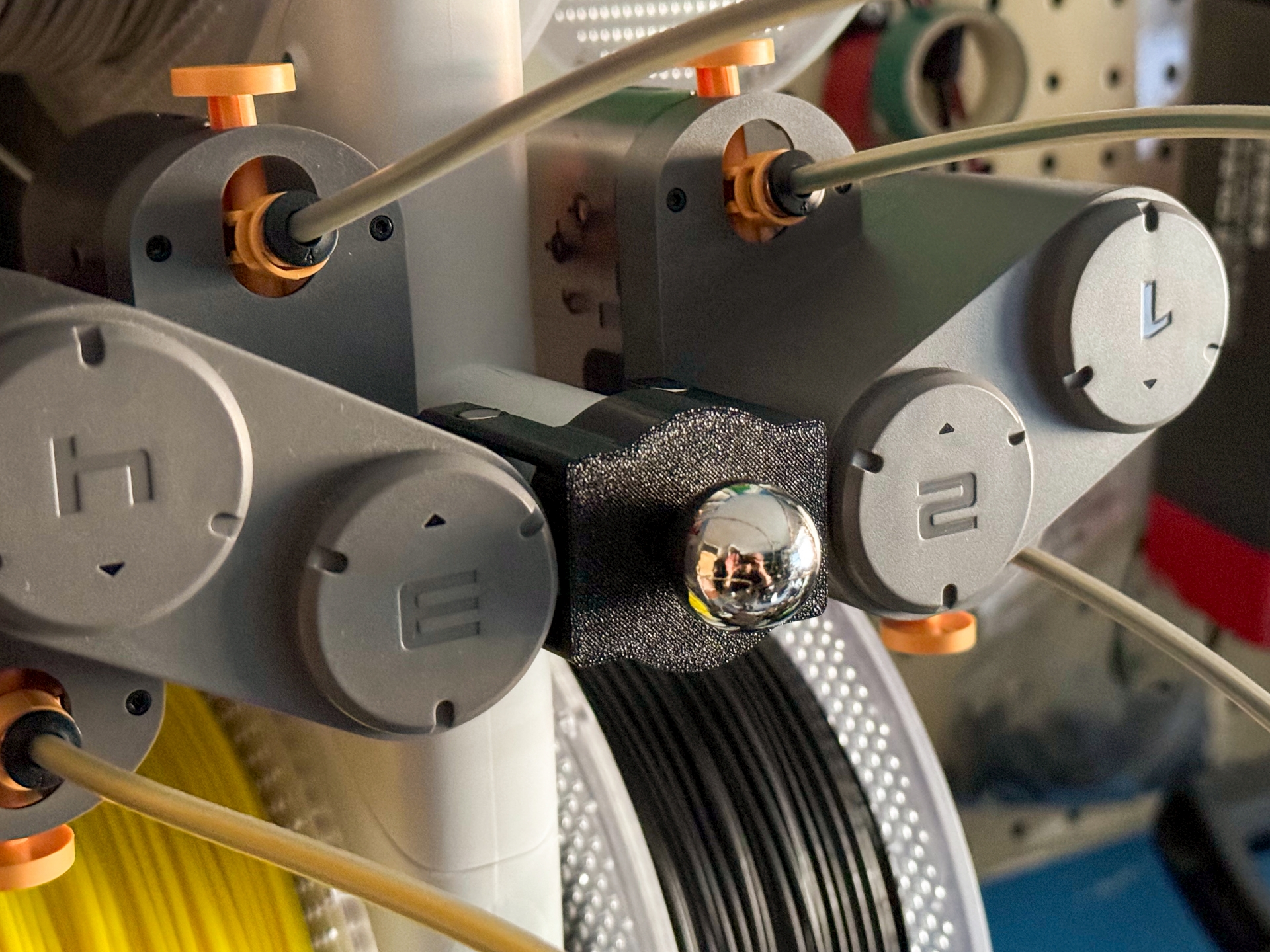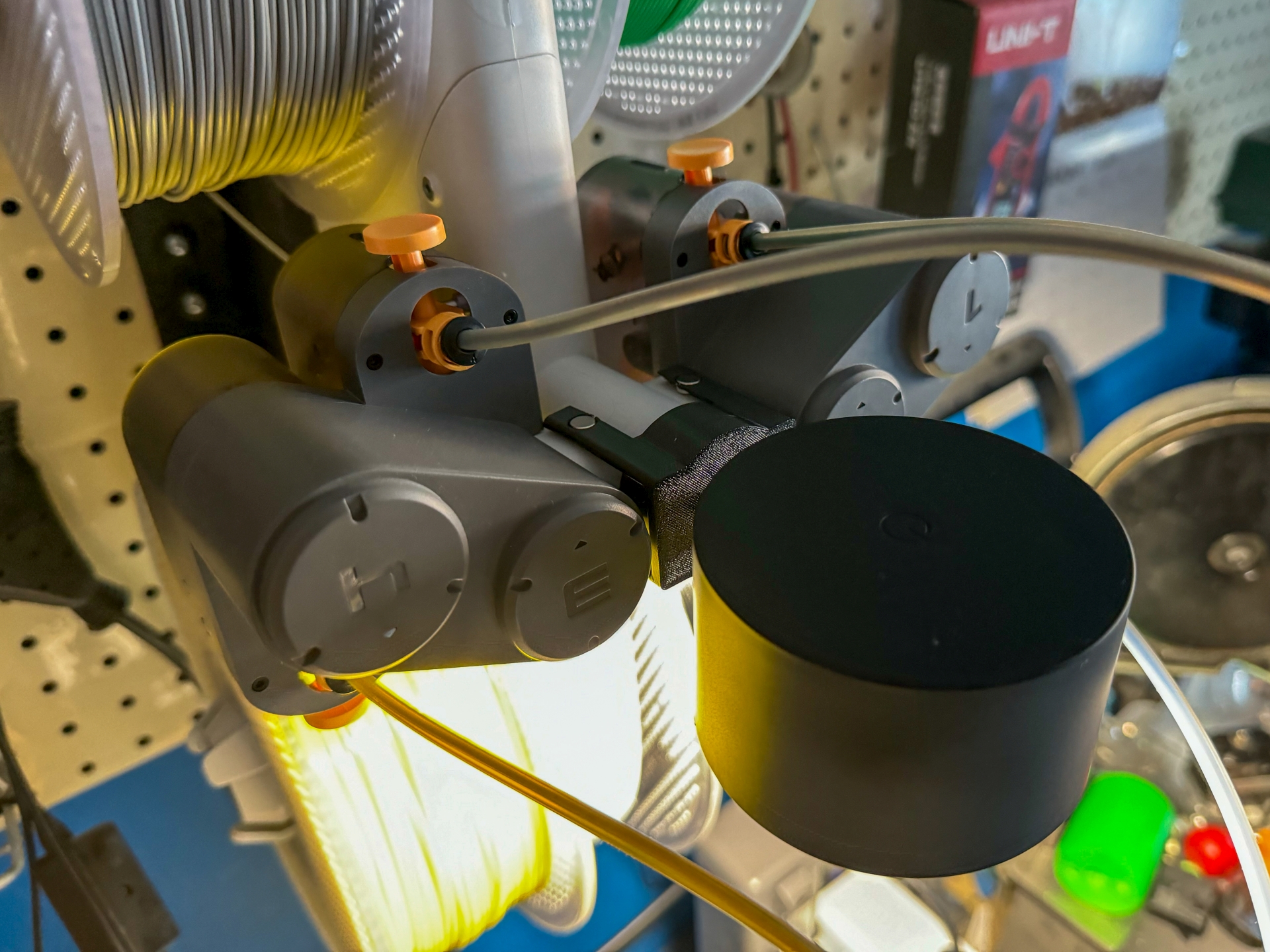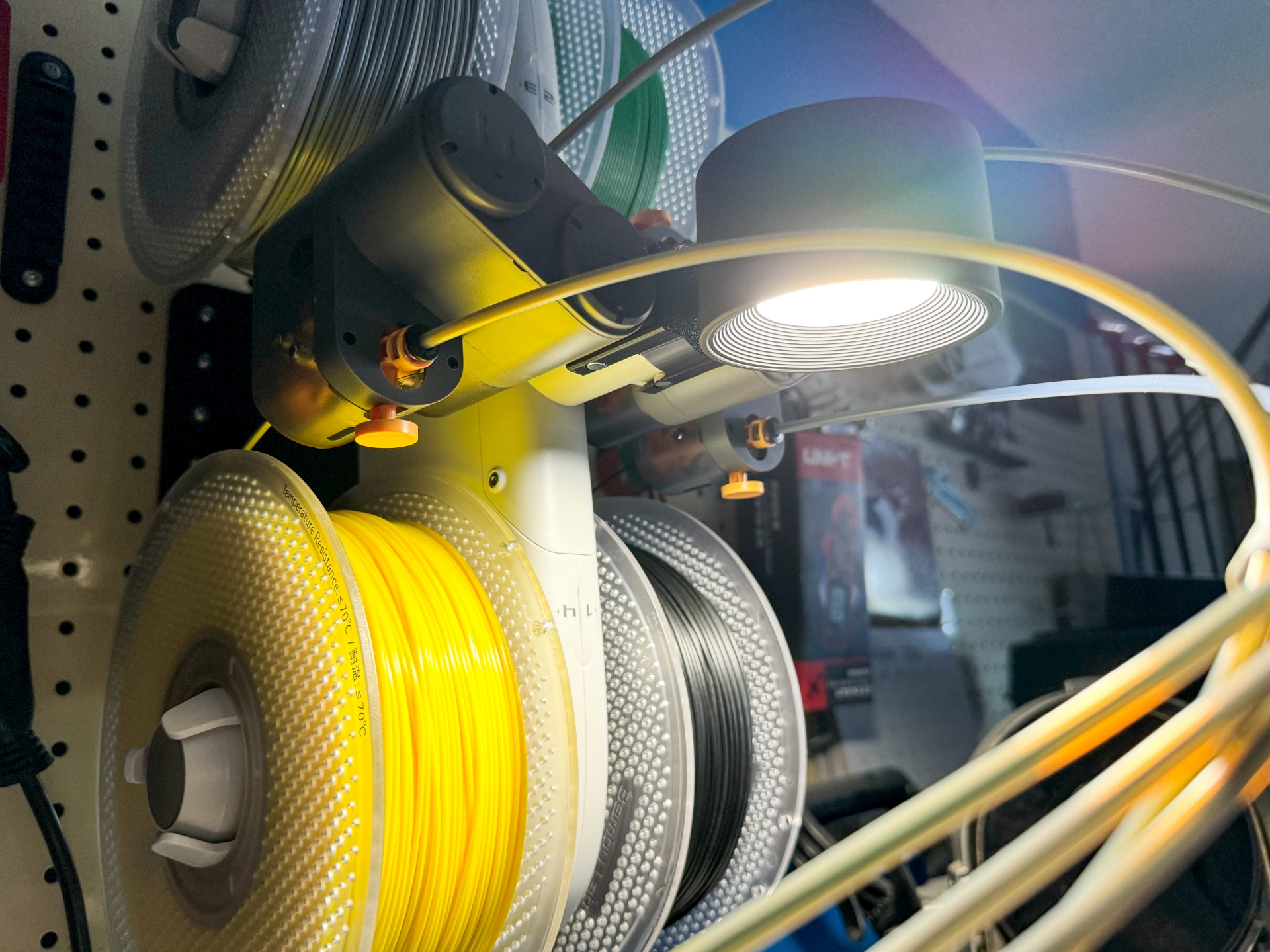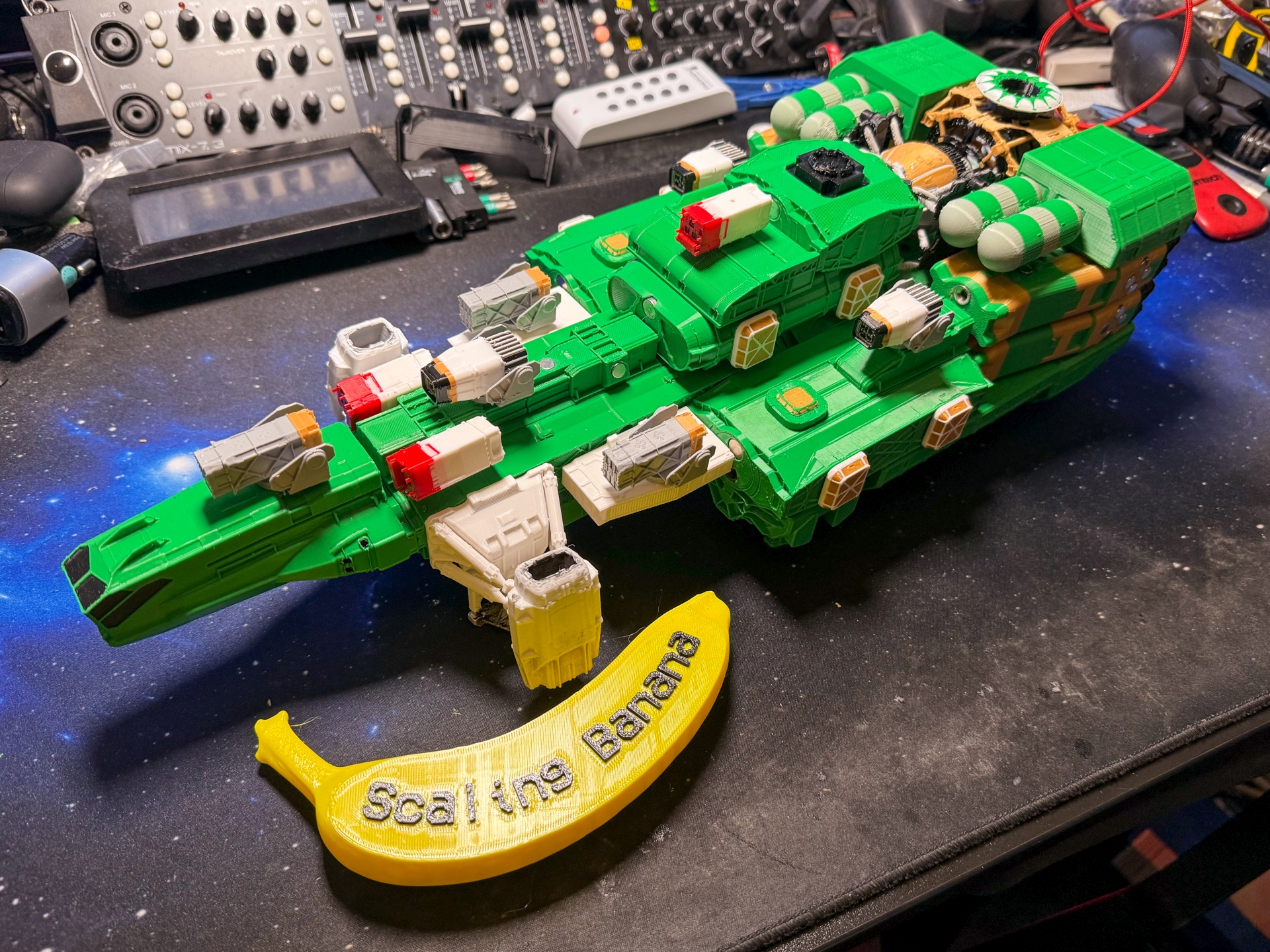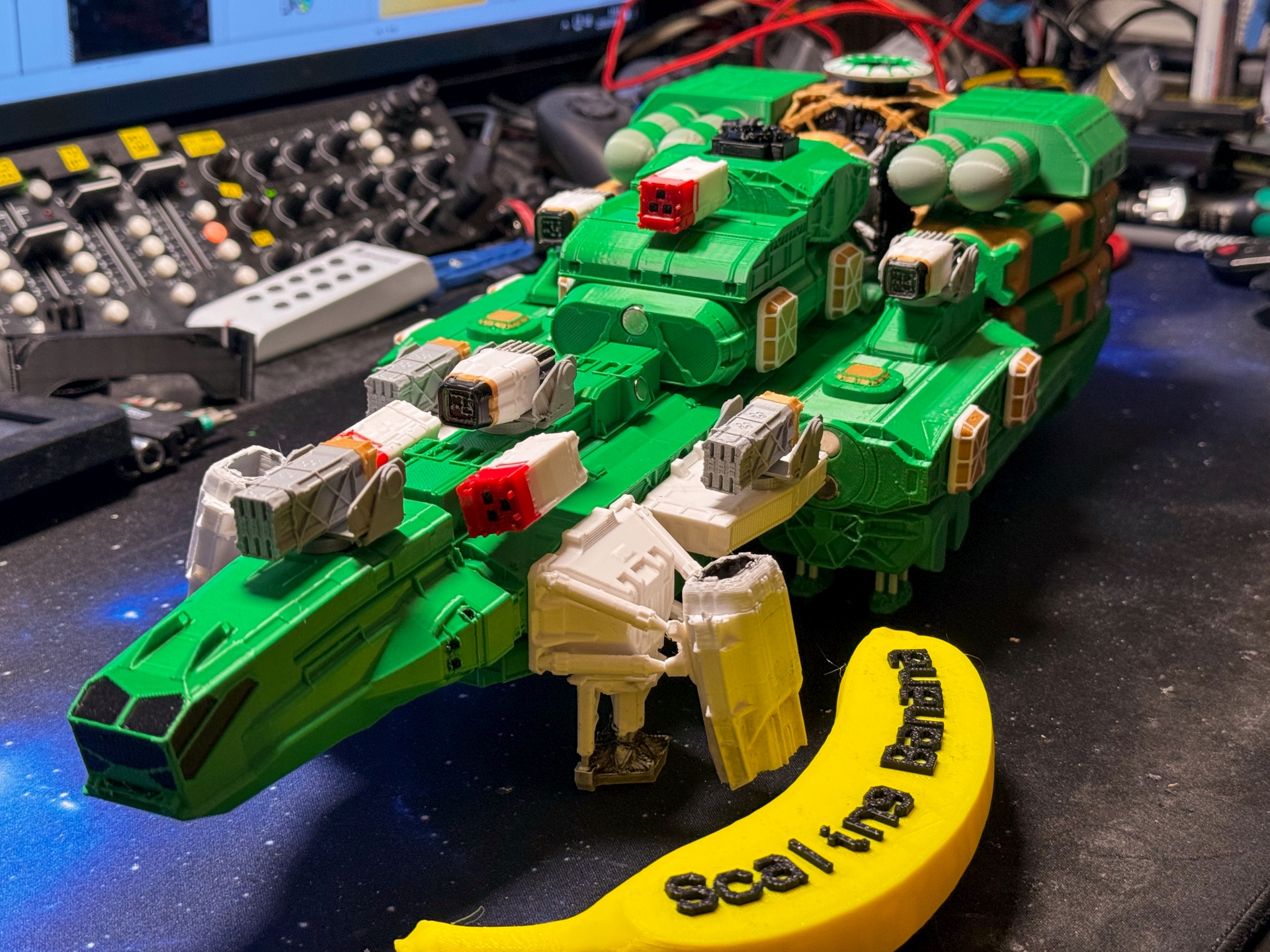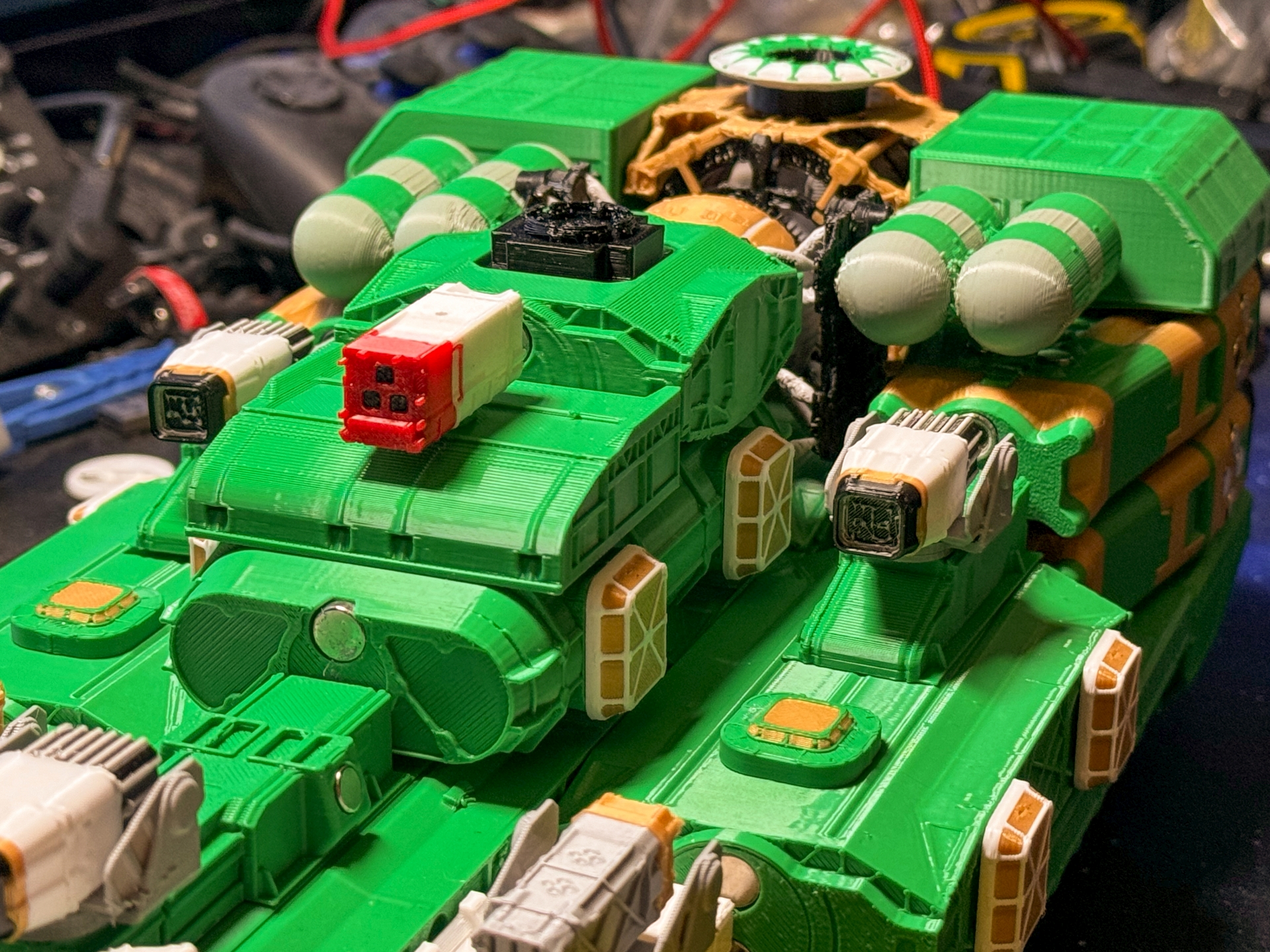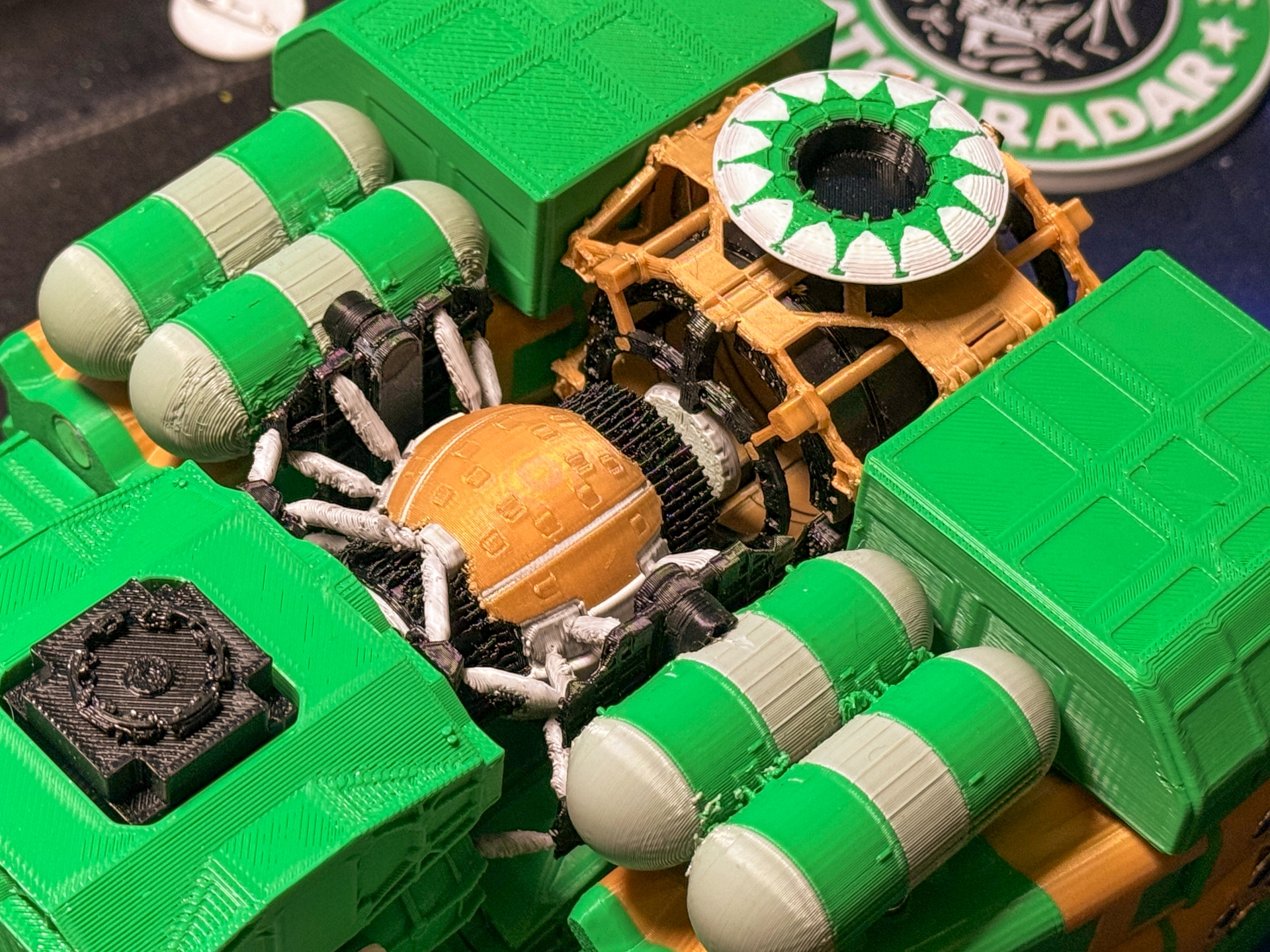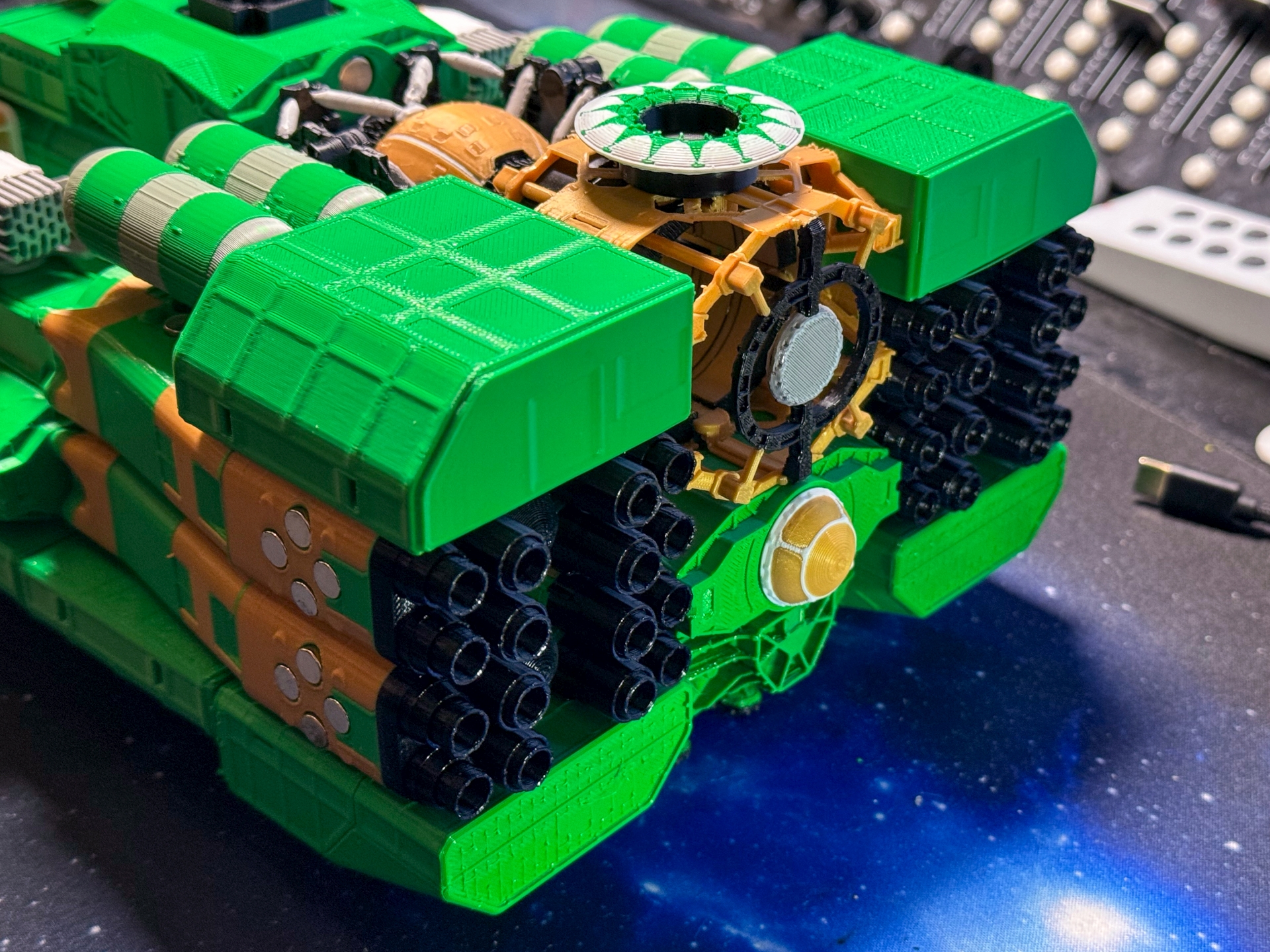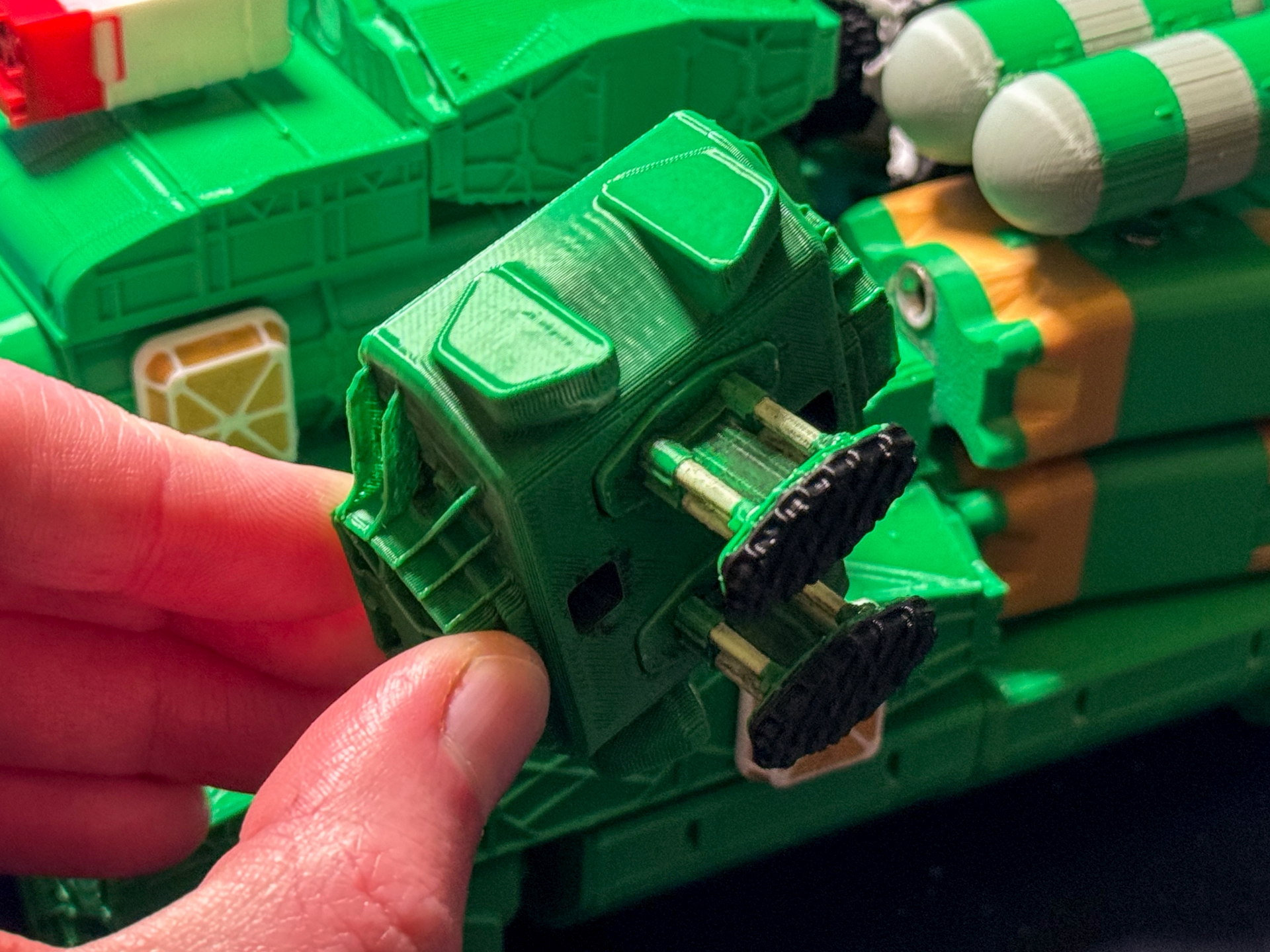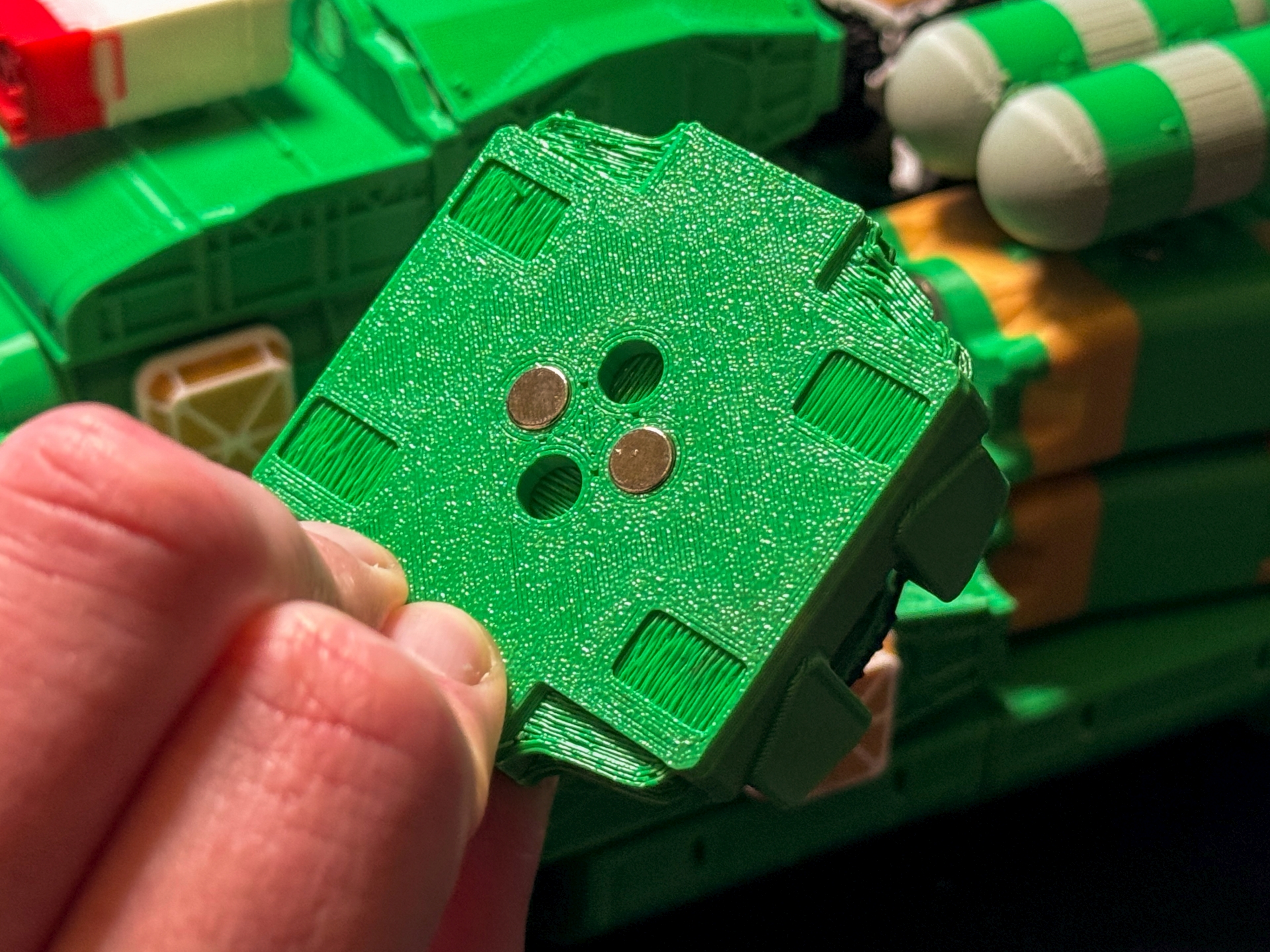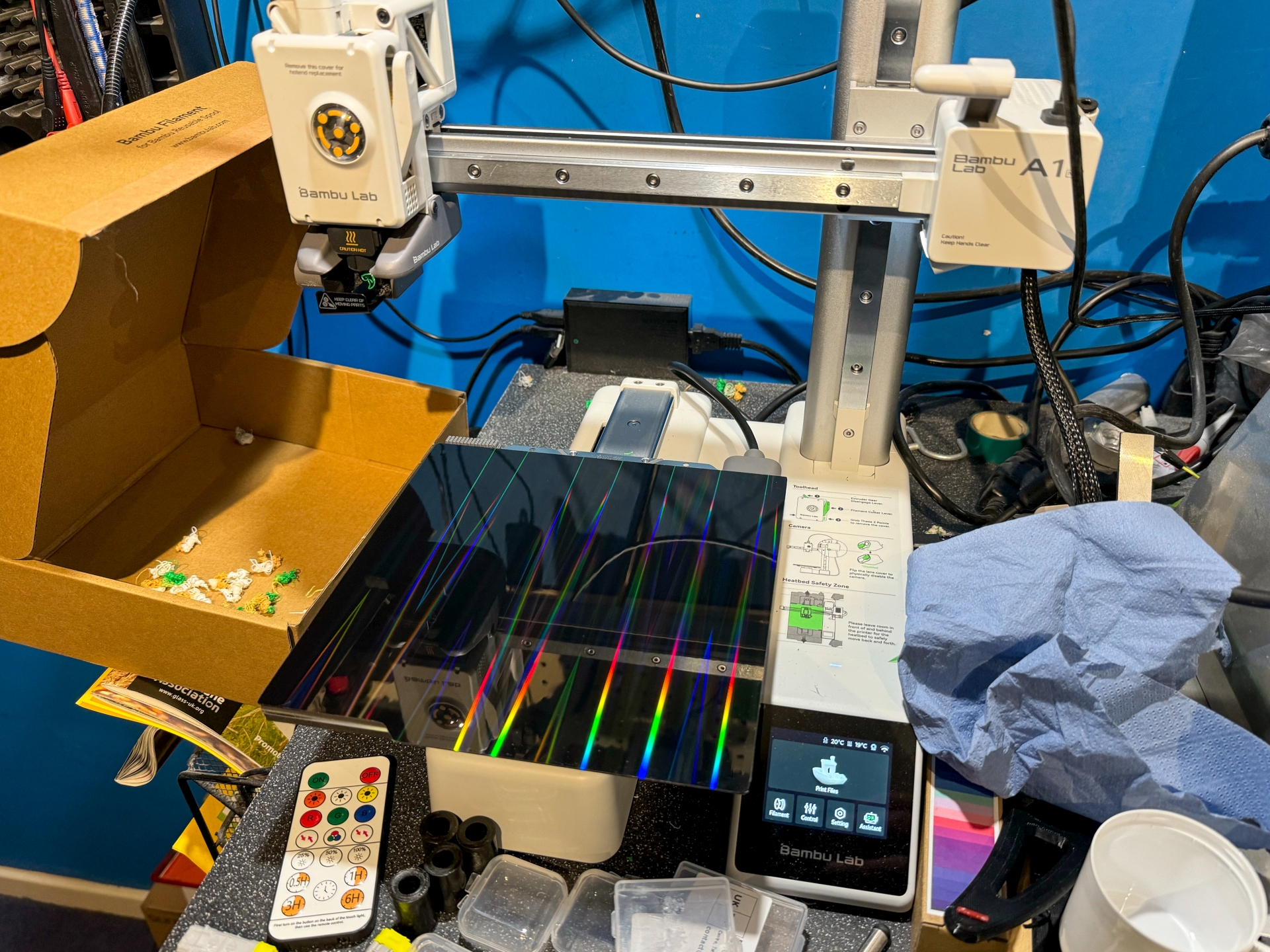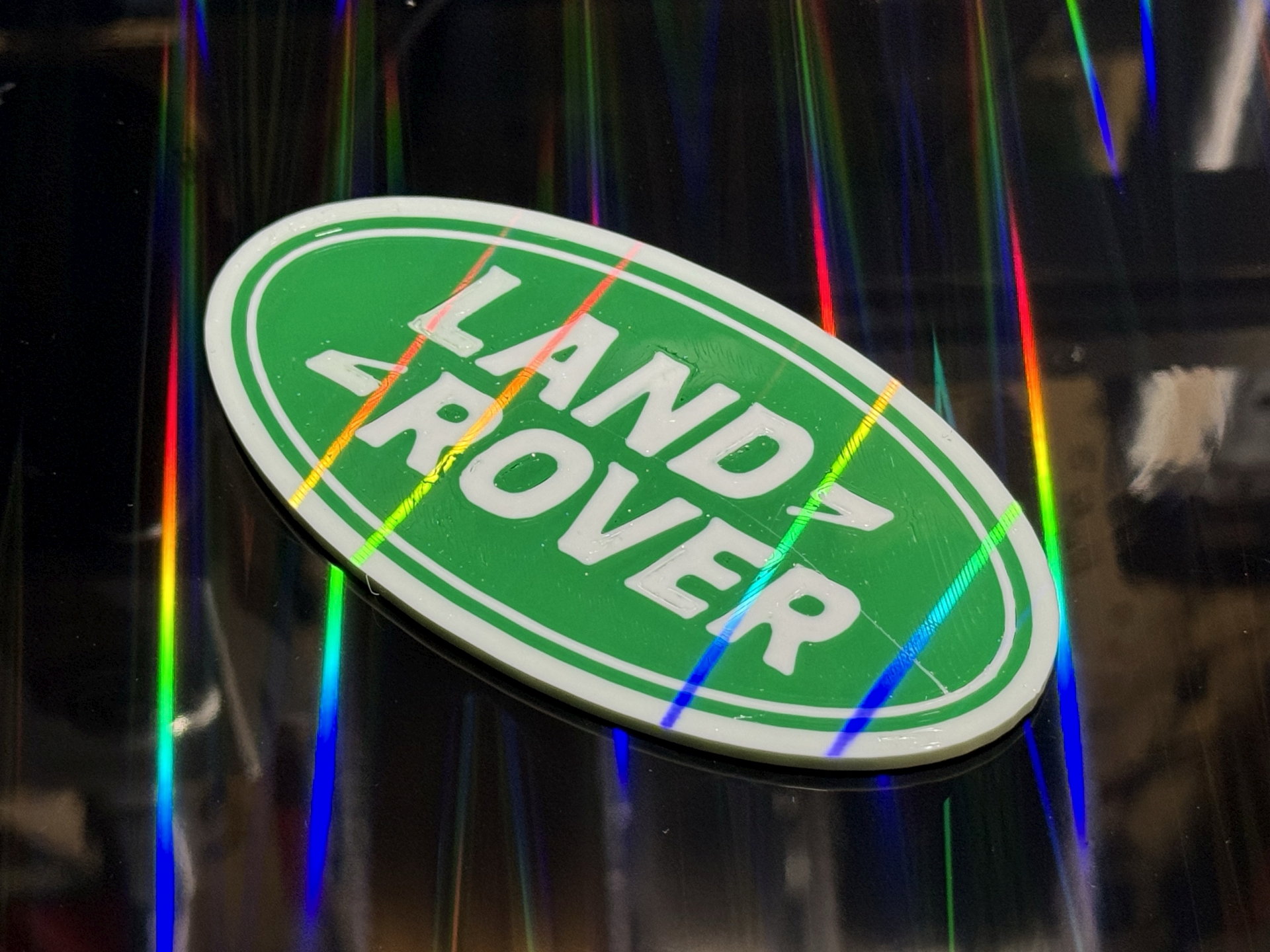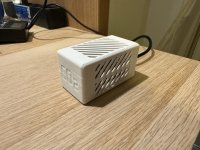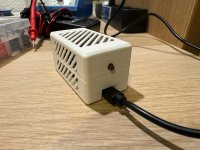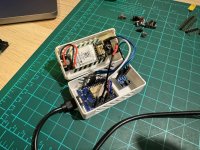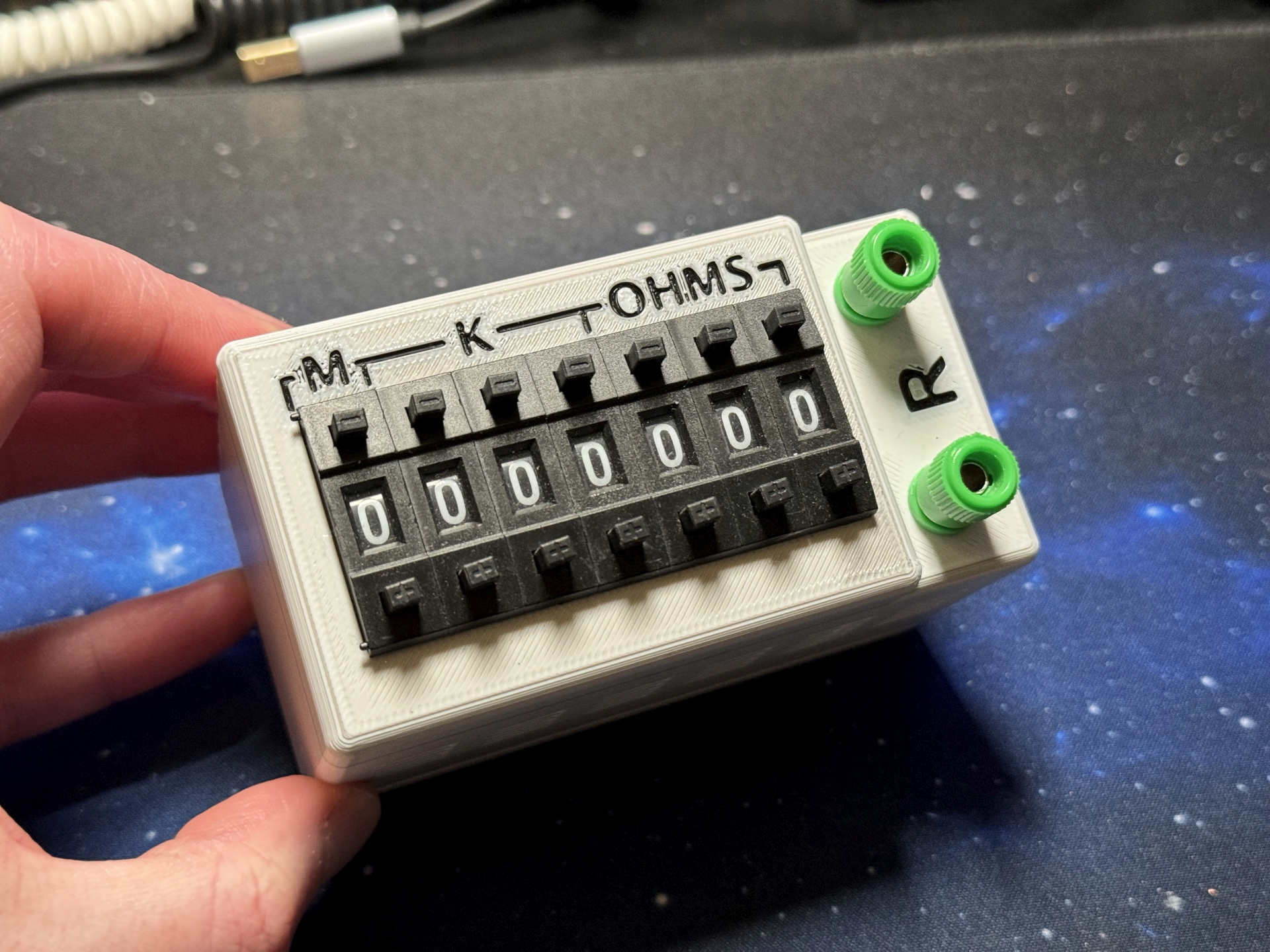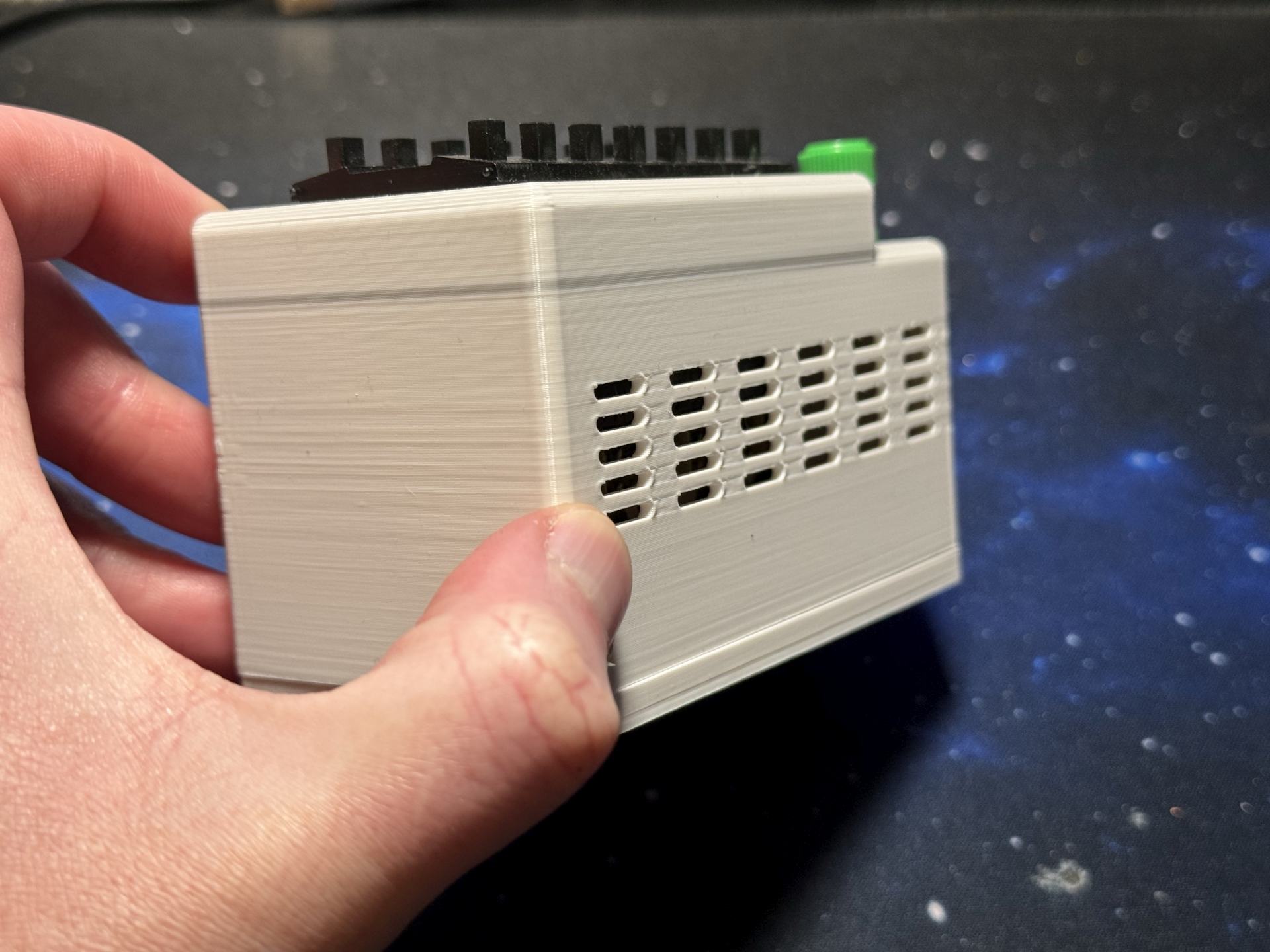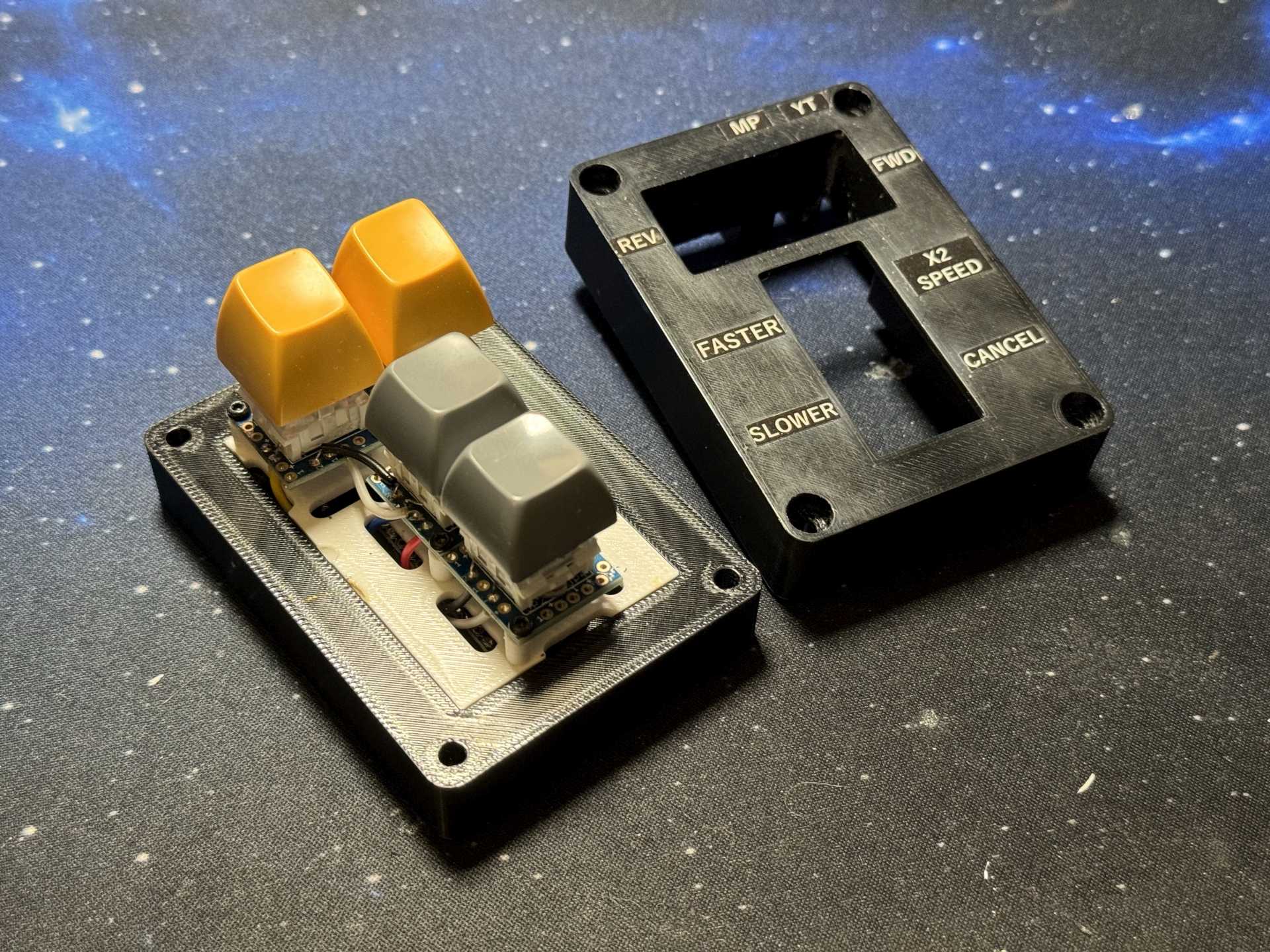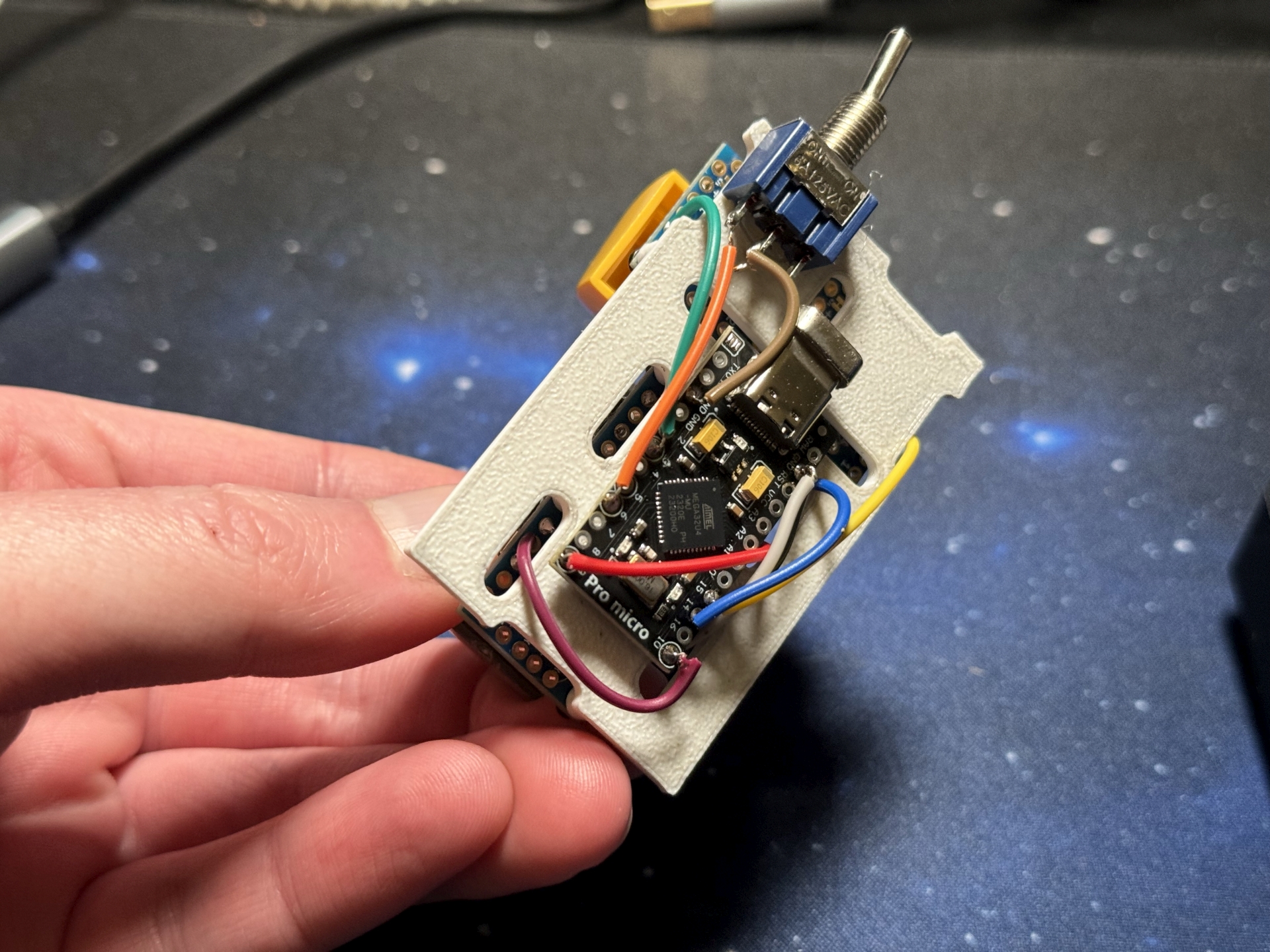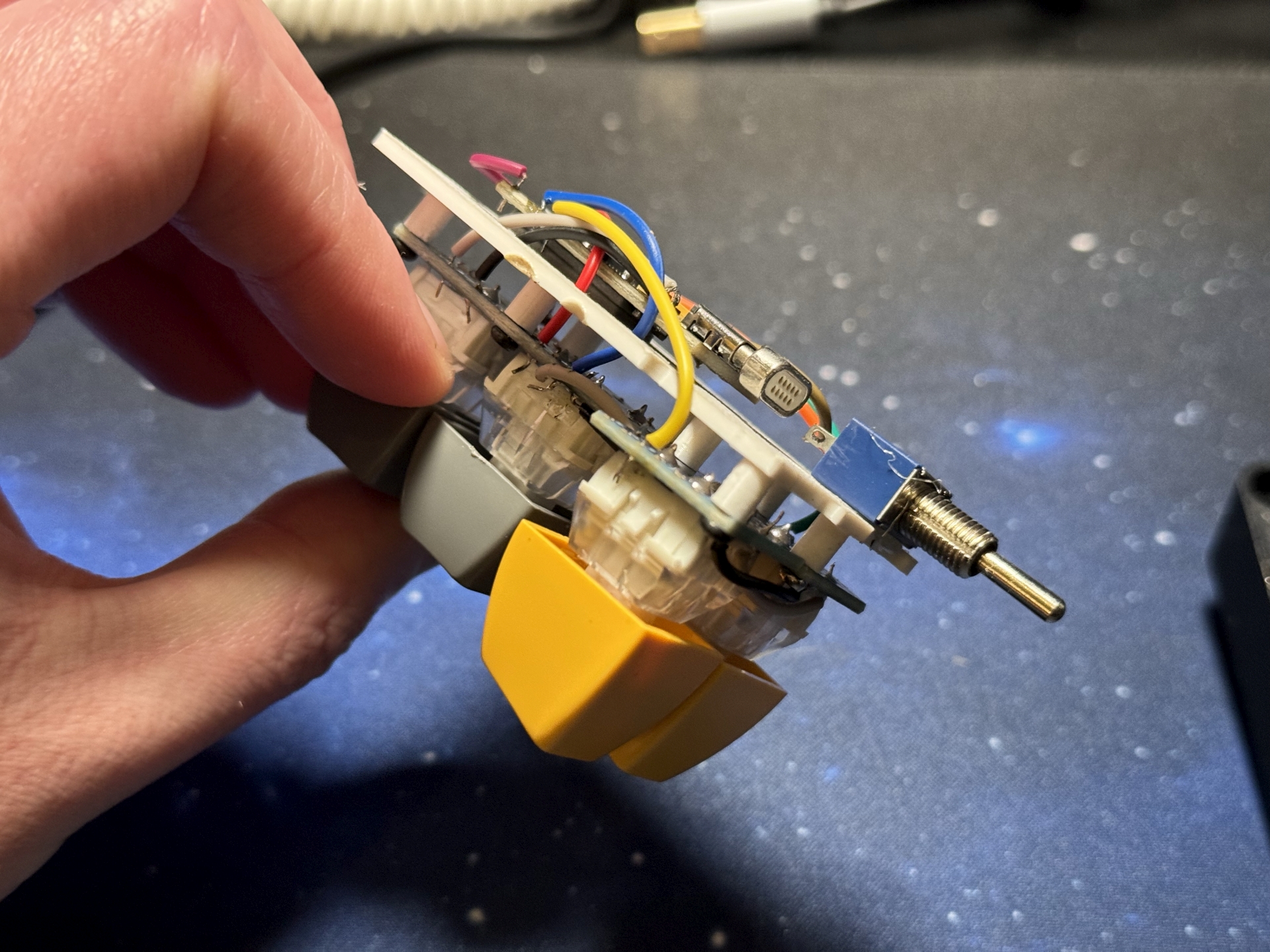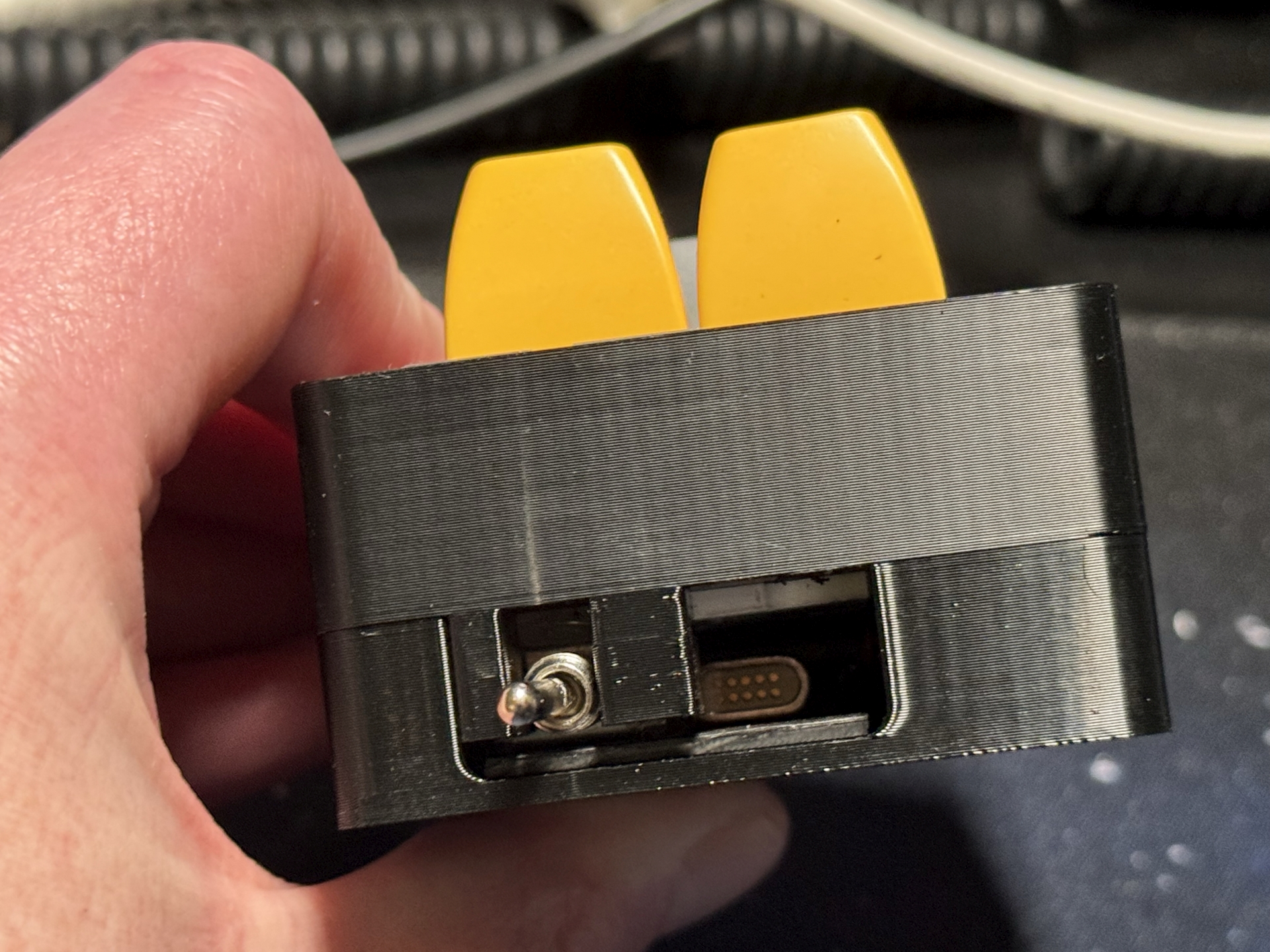- Joined
- Aug 21, 1995
- Messages
- 5,764
I've done a bit on model cutting/splitting for oversized models and "full-scale" prints, so there's a couple options out there (not all inclusive);
Bambu Studio has built in model-cutting to take an oversized model, and apply a manual plane-cut + connection pins to break a file down to printable sizes.
Luban3D, has auto cutting, which is a somewhat automatic method of taking the same oversized models and applying automatic cut+pin/plug/dowel based on bed parameters and manual plane moves (if you find a cut that makes no sense).
Not cheap, but has a free trial.
Could also consider taking solid parts, and hollowing them out with an offset (making a multi-wall shell, then those can snap-fit with a complete hollow inside vs infill). MeshMixer is pretty good on this front.
Example via Luban3D; Nuka-Cola bottle stl, scaled by 10x, then cut into 3x printable pieces with native-plugs;

Bambu Studio has built in model-cutting to take an oversized model, and apply a manual plane-cut + connection pins to break a file down to printable sizes.
Luban3D, has auto cutting, which is a somewhat automatic method of taking the same oversized models and applying automatic cut+pin/plug/dowel based on bed parameters and manual plane moves (if you find a cut that makes no sense).
Not cheap, but has a free trial.
Could also consider taking solid parts, and hollowing them out with an offset (making a multi-wall shell, then those can snap-fit with a complete hollow inside vs infill). MeshMixer is pretty good on this front.
Example via Luban3D; Nuka-Cola bottle stl, scaled by 10x, then cut into 3x printable pieces with native-plugs;

